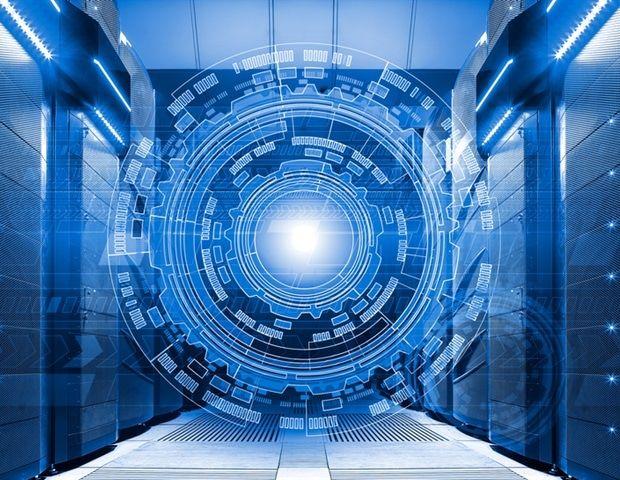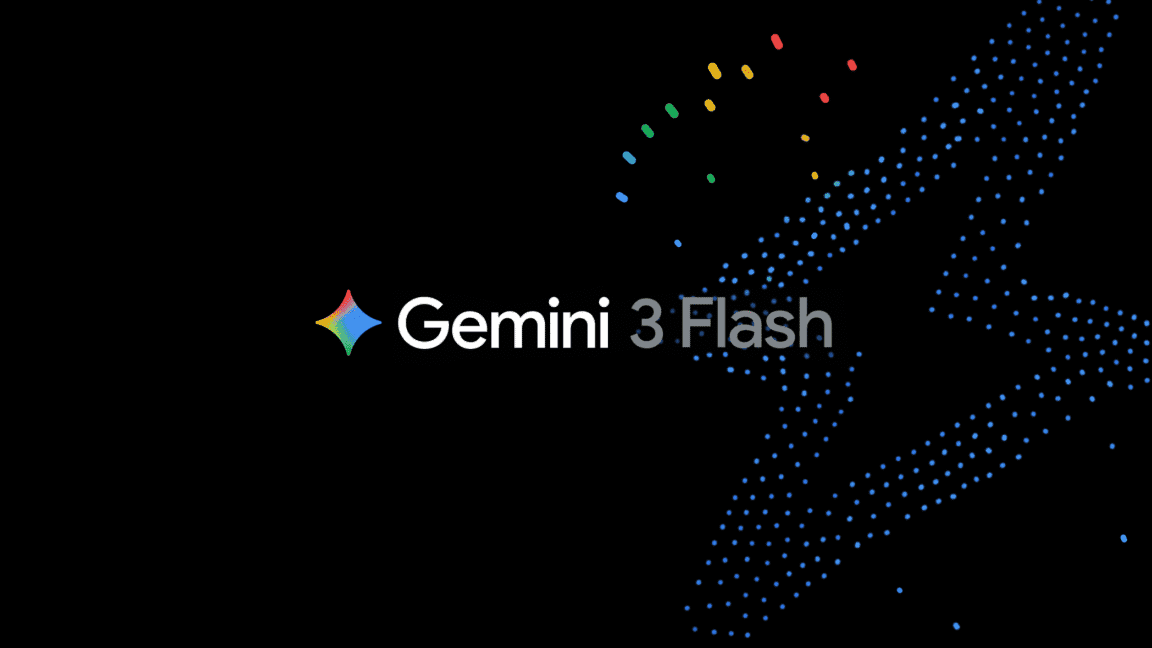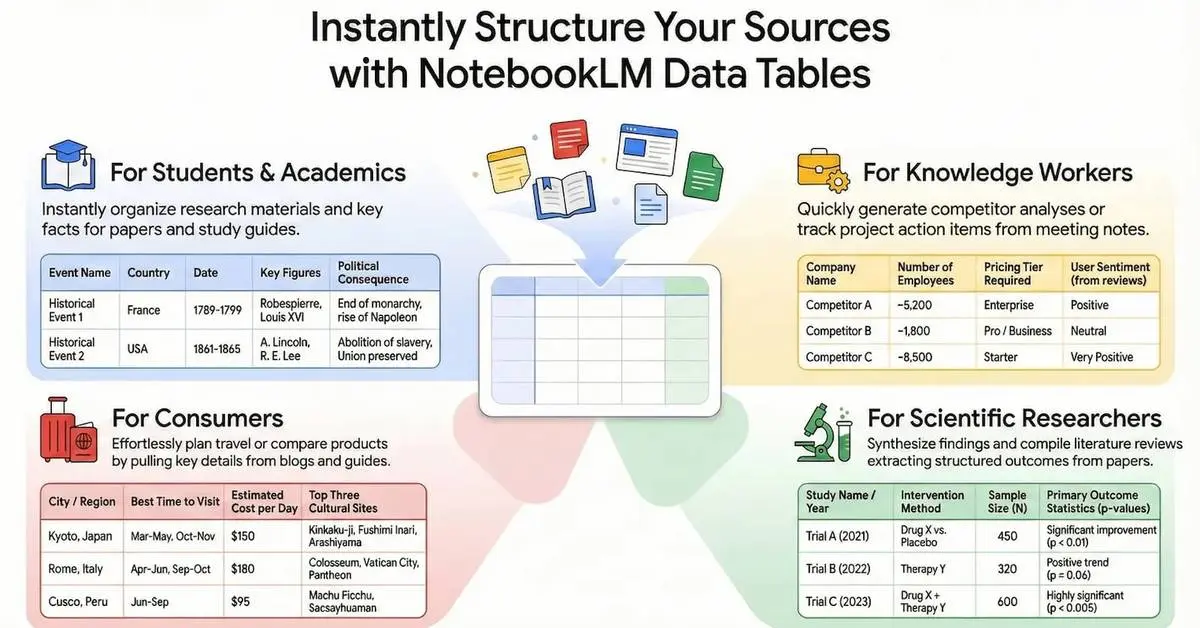Revolutionizing Medical Education: AI and Digital Tools Transform Healthcare Training
2 Sources
2 Sources
[1]
Medical Education Innovation: Bridging Generational Gaps in Healthcare Training | Medical News Bulletin
Let's face it - medical education isn't what it used to be. Gone are the days of purely textbook learning and endless lectures. Today's healthcare training is evolving at lightning speed, mixing time-tested medical wisdom with cutting-edge digital tools. This shift isn't just about keeping up with technology - it's about preparing tomorrow's healthcare heroes in ways that actually work for them. Healthcare education has transformed dramatically in recent years. Medical schools across the country have widely adopted digital learning platforms and tools. This evolution goes beyond simply incorporating technology - it's about creating more effective and engaging learning experiences. Medical education is getting a much-needed makeover, helping future healthcare pros navigate an increasingly complex medical world. Digital tools are shaking things up in medical education and in the best possible way. Virtual reality simulations and interactive platforms have become powerful teaching tools that are changing the game. Students in clinical nurse leader online masters program consistently demonstrate higher engagement and knowledge retention when using these modern learning methods. These digital innovations aren't just bells and whistles - they're making learning more effective and engaging for healthcare pros at every level. Artificial intelligence and machine learning algorithms are now being integrated into medical training platforms, offering personalized learning paths and adaptive assessments. These smart systems can identify knowledge gaps, adjust difficulty levels in real time, and provide targeted feedback that helps students master complex medical concepts more efficiently. For instance, AI-powered diagnostic training tools can present students with thousands of virtual patient cases, helping them develop pattern recognition skills that traditionally took years of clinical experience to acquire. Mobile learning platforms have emerged as another crucial component of modern medical education. These platforms allow healthcare students and professionals to access educational content on the go, fitting seamlessly into their demanding schedules. With micro-learning modules, interactive flashcards, and real-time collaboration tools, mobile platforms are making continuous medical education more accessible and efficient than ever before. Studies show that professionals who utilize mobile learning tools alongside traditional methods demonstrate improved knowledge retention and higher scores on certification exams. Here's the thing about modern medical education - one size definitely doesn't fit all. It's clear that younger medical professionals typically prefer multimedia and interactive content, while more experienced practitioners often value a combination of traditional and modern approaches. It's like trying to create a playlist that works for everyone - you need variety and flexibility to keep all learners engaged and learning effectively. The integration of social learning platforms and collaborative tools has become increasingly important in bridging generational gaps. Younger healthcare professionals often excel at crowd-sourcing information and participating in online medical communities, while seasoned practitioners bring valuable experiential knowledge to these digital spaces. This cross-generational digital collaboration creates a rich learning environment where traditional clinical wisdom meets contemporary medical insights, benefiting practitioners across all experience levels. When it comes to teaching future healthcare professionals, the proof is in the pudding. Mixed teaching methods have demonstrated significant improvements in student performance. These aren't random approaches - they're carefully crafted combinations of hands-on practice, digital simulations, and team-based learning. It's about creating a learning experience that actually prepares people for the real challenges they'll face in healthcare. Recent studies have shown that gamification elements in medical education can increase engagement and knowledge retention by up to 40%. By incorporating achievement systems, competitive elements, and progress tracking, educational programs are tapping into the brain's natural reward systems. These game-like features transform potentially dry medical content into engaging learning experiences that maintain high levels of student motivation while ensuring educational rigor and professional standards are met. Here's where things get really interesting - these new teaching methods aren't just making learning easier, they're actually improving healthcare delivery. Healthcare workers trained through these integrated approaches consistently demonstrate enhanced patient care skills and better clinical decision-making abilities. It's clear - improved teaching methods lead to better healthcare providers. Medical education is in the middle of an exciting transformation, driven by both technological advances and the need to teach more efficiently. Institutions embracing these innovative approaches are seeing improved outcomes in multiple areas of healthcare education. As healthcare continues to evolve, maintaining flexibility and innovation in medical education isn't just beneficial - it's absolutely essential for preparing the healthcare heroes of tomorrow. The ripple effects of improved medical education methods extend beyond individual practitioner performance to system-wide improvements in healthcare delivery. Organizations implementing these modern training approaches report reduced medical errors, improved patient satisfaction scores, and more efficient interdepartmental communication. Furthermore, healthcare facilities utilizing simulation-based team training have documented significant improvements in emergency response times and better outcomes in high-stress medical situations. Image by Bazoom AI
[2]
Modern Advances in Medical Education: Transforming Healthcare Professional Training | Medical News Bulletin
Medical education is undergoing a revolutionary transformation, moving far beyond traditional textbook memorization. The integration of technology and innovative teaching methods is fundamentally changing how future healthcare professionals learn their craft, demonstrating superior effectiveness compared to conventional approaches. The landscape of medical education has been completely redesigned. Traditional lecture halls with passive learning have given way to dynamic, interactive learning environments. Medical schools nationwide have embraced digital learning platforms, providing students with sophisticated tools to construct their medical knowledge. Virtual learning has become a game-changer in medical education. It's particularly visible in hybrid accelerated BSN programs, where technology meets traditional teaching in clever ways. Students using virtual simulation platforms are mastering practical skills more efficiently than with traditional methods. Imagine being able to practice complex procedures again and again in a virtual space, without any risk to real patients. It's like having a medical playground where mistakes are learning opportunities, not disasters. Artificial intelligence-powered learning platforms have revolutionized how medical knowledge is delivered and retained. These systems can identify knowledge gaps and automatically adjust curriculum difficulty, ensuring students master foundational concepts before advancing to more complex topics. Interactive anatomy atlases and 3D modeling tools allow students to explore human anatomy in unprecedented detail, rotating and dissecting virtual bodies layer by layer. This technology has proven particularly valuable during remote learning situations, maintaining educational quality even when physical lab access is limited. The way medical students learn has evolved into something much more engaging. Problem-based learning (PBL) has become a cornerstone of modern medical education. Students using PBL approaches demonstrate enhanced critical thinking abilities. Instead of just memorizing facts, students are solving real-world medical puzzles, working in teams and diving into case studies that feel like actual clinical practice. It's learning by doing, not just by reading. Team-based learning (TBL) has emerged as another powerful educational strategy, complementing problem-based approaches. In TBL environments, students work in permanent teams throughout their courses, developing crucial collaboration and communication skills that mirror real-world healthcare settings. This methodology has shown remarkable success in improving student engagement and knowledge retention, with studies indicating up to 40% better long-term recall compared to traditional lecture-based instruction. The approach also helps develop essential soft skills like leadership and conflict resolution, which are crucial in modern healthcare settings. Virtual and augmented reality have brought sci-fi-level technology into medical training. Medical institutions using VR training tools consistently report fewer procedural errors when students transition to real clinical practice. Think of it as a flight simulator for doctors - students can practice complex procedures in a risk-free environment. With high-tech mannequins and simulation labs, they're getting hands-on experience that feels incredibly real. Haptic feedback devices have added another dimension to medical simulation training, allowing students to feel the resistance and texture of virtual tissues during simulated procedures. These sophisticated tools can recreate the exact sensation of performing various medical procedures, from simple injections to complex surgical operations. The integration of real-time physiological responses in simulation scenarios helps students understand the immediate impact of their actions, creating a more comprehensive and realistic training experience that bridges the gap between theoretical knowledge and practical application. The future of medical education looks even more promising. The industry is moving towards learning experiences that adapt to each student's unique style - kind of like having a personalized medical tutor powered by AI. Mobile learning platforms are making it easier for healthcare professionals to keep learning on the go, staying current with the latest medical advances. It's like having a medical library in your pocket, always ready when you need it. Data analytics is proving to be a powerful ally in medical education. Educational institutions using data-driven approaches are seeing significant improvements in student performance. Think of it as having a GPS for learning - these tools help spot when students might be struggling and guide them back on track before they get too far off course. It's creating a smarter, more efficient way to train the healthcare professionals we'll all depend on tomorrow. Blockchain technology is set to transform how medical credentials and continuing education are verified and tracked. This innovation will create tamper-proof records of medical training and certifications, streamlining the credentialing process for healthcare professionals worldwide. The technology also enables the creation of verifiable "micro-credentials" that recognize specific skills and competencies, allowing for more flexible and personalized career development paths in healthcare. As these systems become more widespread, they will facilitate greater professional mobility while maintaining high standards of verification for medical qualifications. Image by Bazoom AI
Share
Share
Copy Link
Modern medical education is undergoing a significant transformation, integrating AI, virtual reality, and innovative teaching methods to enhance learning outcomes and prepare future healthcare professionals more effectively.

The Digital Revolution in Medical Education
Medical education is undergoing a profound transformation, moving beyond traditional textbook learning to embrace cutting-edge digital tools and innovative teaching methods. This shift is not just about keeping pace with technology; it's about creating more effective and engaging learning experiences for future healthcare professionals
1
.AI and Machine Learning: Personalizing the Learning Experience
Artificial intelligence and machine learning algorithms are being integrated into medical training platforms, offering personalized learning paths and adaptive assessments. These smart systems can identify knowledge gaps, adjust difficulty levels in real-time, and provide targeted feedback, helping students master complex medical concepts more efficiently
1
.Virtual Reality and Simulation: Hands-on Learning Without Risks
Virtual reality simulations and interactive platforms have become powerful teaching tools in medical education. These technologies allow students to practice complex procedures repeatedly in a risk-free environment, much like a medical playground where mistakes become valuable learning opportunities
2
.Mobile Learning: Education on the Go
Mobile learning platforms have emerged as a crucial component of modern medical education. These platforms allow healthcare students and professionals to access educational content on their devices, fitting seamlessly into their demanding schedules. Studies show that professionals who utilize mobile learning tools alongside traditional methods demonstrate improved knowledge retention and higher scores on certification exams
1
.Bridging Generational Gaps
The integration of social learning platforms and collaborative tools has become increasingly important in bridging generational gaps in medical education. Younger healthcare professionals excel at crowd-sourcing information and participating in online medical communities, while seasoned practitioners bring valuable experiential knowledge to these digital spaces
1
.Related Stories
Gamification: Making Learning Engaging
Recent studies have shown that gamification elements in medical education can increase engagement and knowledge retention by up to 40%. By incorporating achievement systems, competitive elements, and progress tracking, educational programs are tapping into the brain's natural reward systems, transforming potentially dry medical content into engaging learning experiences
1
.The Impact on Healthcare Delivery
The ripple effects of improved medical education methods extend beyond individual practitioner performance to system-wide improvements in healthcare delivery. Organizations implementing these modern training approaches report reduced medical errors, improved patient satisfaction scores, and more efficient interdepartmental communication
1
.Future Trends: Blockchain and Data Analytics
Looking ahead, blockchain technology is set to transform how medical credentials and continuing education are verified and tracked. This innovation will create tamper-proof records of medical training and certifications, streamlining the credentialing process for healthcare professionals worldwide
2
.Data analytics is proving to be a powerful ally in medical education. Educational institutions using data-driven approaches are seeing significant improvements in student performance, helping to identify struggling students early and guide them back on track
2
.References
Summarized by
Navi
[1]
Related Stories
Canadian Researchers Develop AI Curriculum Framework for Family Medicine Education
30 Apr 2025•Health

Researchers Develop AI Training Method Mimicking Physician Education for Medical Image Analysis
16 Oct 2024•Science and Research

AI-Augmented Human Instruction Enhances Neurosurgical Training, Study Finds
07 Aug 2025•Health

Recent Highlights
1
Google launches Gemini 3 Flash as default AI model, delivering speed with Pro-grade reasoning
Technology

2
OpenAI launches GPT Image 1.5 as AI image generator war with Google intensifies
Technology

3
OpenAI launches ChatGPT app store, opening doors for third-party developers to build AI-powered apps
Technology





